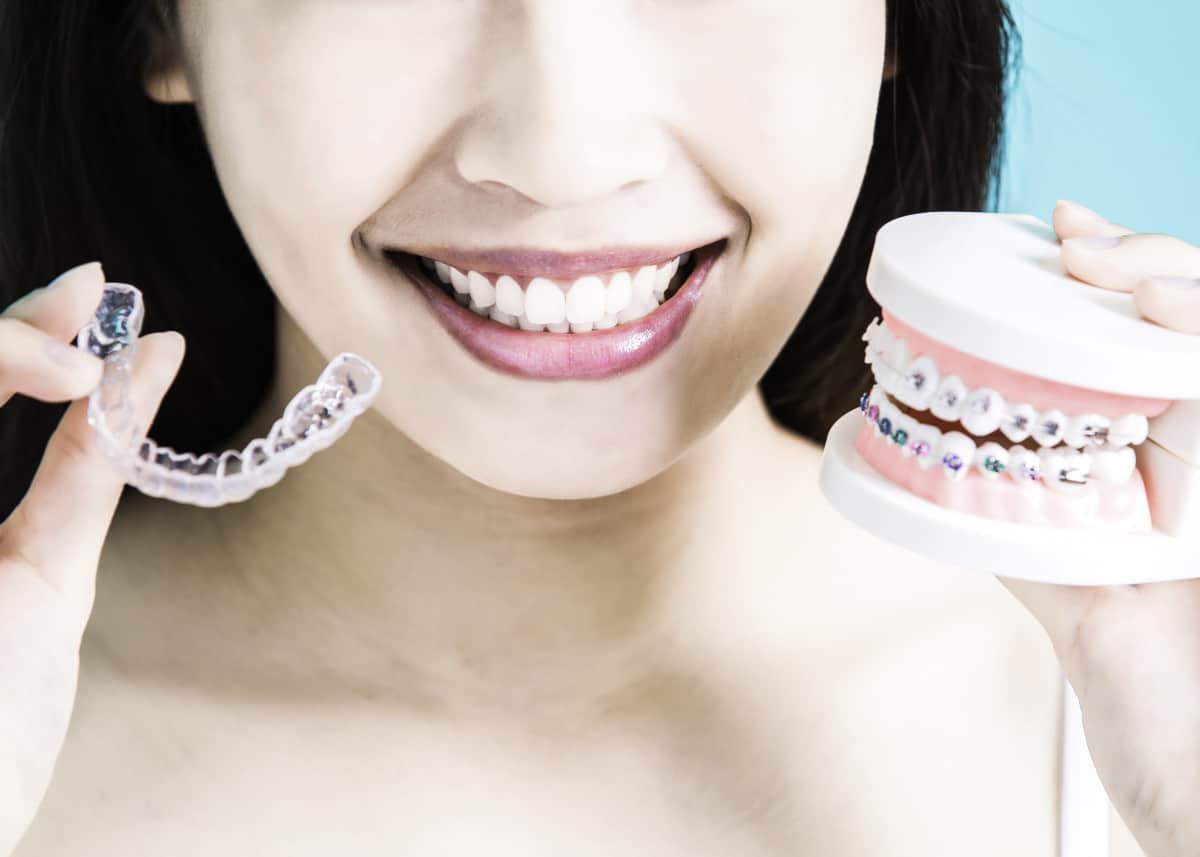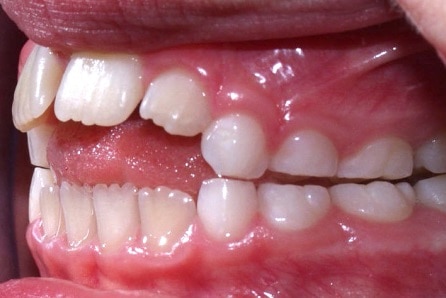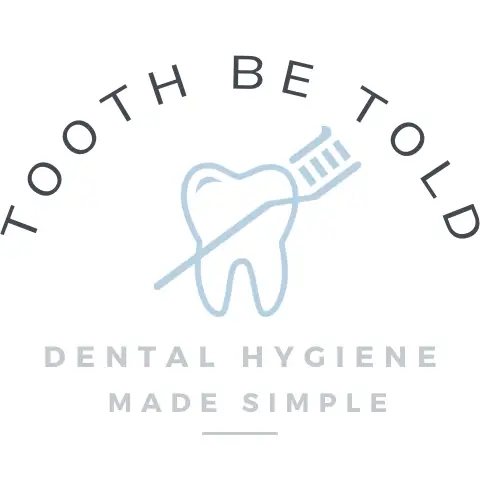Being a dental hygienist comes with the territory of patients asking me lots of questions, which I love! Especially if I can impact their smile by giving them the information they are looking for. Patients in my chair who are about to get their braces off will often ask how long after they get their braces off will their teeth start to move.
Movement of teeth can occur with days or many years after braces and orthodontic treatment is complete. Factors affecting teeth movement are frequency of retainer use, muscle movement in face and tongue from eating, smiling, and speaking, aging, and grinding and clenching.

If teeth start to shift, book an appointment and see your dental professional as soon as possible because the movement can happen very quickly and start having ill effects.
Continue reading to learn more about shifting teeth after braces, how shifting teeth can affect your bite, face shape, and more!
Teeth moving after braces; how long it takes and factors in movement
It always astounded me how our teeth have such an incredible “memory” and can move back after braces and the bone has fully healed around the teeth.
Teeth are constantly being used and affected by the head and neck forces. Even sneezing affects the teeth!
Eating can cause teeth to shift
When we eat, we can put about 70-171 pounds of pressure when we are chewing food, with the molars being able to take more force.
Contrary to popular belief, our teeth do not directly fuse to the jaw bone. Teeth are held in the socket by small elastic ligaments, which suspend the tooth in the socket. These ligaments are essential for the teeth to move slightly when needed.
Our head and neck muscles pull and stabilize our head on our shoulders. But, they also impact the mouth, the jaw joints, and the position of teeth. We can’t forget one of the most critical muscles in the head and neck: the tongue.
Tongue movement contributes to shifting teeth
The tongue is a versatile muscle that can move in multiple directions and is responsible for swallowing, speech, eating, and how our teeth’ positions and bite develops. Tongue thrusting and pushing on the teeth with the tongue can cause the teeth to move over time.
Sometimes children will form a habit when they are young and habitually push their tongue against their front teeth. Over time, as the tongue continues to push on the front teeth and the jaw develops and grows, the front teeth can become pushed forward and stick out.

If children have a continuous tongue thrust that affects their bite, a dentist can make oral appliances to block the tongue from pushing the front teeth out.
Clenching and grinding can cause teeth to shift after braces
Oral habits such as teeth grinding and clenching combine both forces of the tongue, teeth, and head and neck muscles. The forces from clenching and grinding can cause the teeth to move quickly after getting braces off.
If you know you clench and grind, you should be wearing a dental night guard to protect the mouth and prevent teeth from shifting after braces!
Read now: Perfect Bite: How Teeth Should Line up and Come Together
The way our teeth come together affects how much that force is distributed, and when teeth start shifting out of alignment, it can cause increased pressure on some teeth, causing them to wear down, chip, or crack.
Aging; the test of time on our teeth and jaw
Over time we age. Unfortunately, we haven’t figured out a way to live forever yet, so time will take its toll on our bodies, including our mouths.
Bone can seem like a hard mass that doesn’t change quickly or easily. However, bone is very fluid, as bone cells constantly break down and rebuild. With this constant change in the bone, you can imagine that not every bone cell is replaced in the exact same position. It is our body’s aging.
The teeth will probably not move back to the exact position they were in before braces/orthodontic treatment. But, the teeth can move enough that it affects our lives in many ways, along with our confidence. And the time it takes for movement to start may surprise you.
How long does it take for teeth to shift back after braces?
Teeth can start to move back right away after getting braces off the teeth, but it can take several years for the teeth to shift back completely to where they were before braces. For some people, movement can occur within days, and for others, it may be years before changes in tooth position occur.
Below I linked a post I wrote about what to do if teeth shift after getting braces off the teeth and what needs to be done to fix shifting teeth.
Read now: What To Do if Teeth Shift Back After Braces? How To Fix
Shifting teeth after braces don’t just affect the teeth but also how your teeth bite together. Shifting teeth can change the shape of your face, affect jaw joint health, and cause headaches and chronic pain.
Our bite impacts our lives more than people realize, and that is why I am so passionate about explaining the risks to my patients who are thinking about going through with orthodontic treatment.
When can I stop wearing my retainers?
Teeth will continue to move throughout life, so retainers will have to be worn for life to prevent teeth from shifting.
I always tell my patients that are thinking about orthodontic treatment, or currently going through treatment, that they have to wear their retainers for as long as they want their teeth to stay straight. If you want your teeth to remain straight for your lifetime, you need to wear your dental retainers for your lifetime.
I have had my braces off since 2009, and I STILL wear my retainer every night on my top teeth (I wear a night guard for my constant clenching and grinding habit on my bottom teeth).
How often do you need to wear your retainers to prevent teeth movement?
Dental retainers need to be worn as much as possible during both day and night for the first three months after braces come off the teeth to prevent teeth from shifting. After, it is ideal for wearing retainers every night, but 3-5 times a week is enough to prevent them from moving.
Read now: Cosmetic or Medical? Reasons Why Dental Braces Are Needed
Wear dental retainers at least a few times a week at night while sleeping to maintain teeth position.
Ideally, the dental retainers are worn every night to prevent tooth movement. Many people clench and grind their teeth without being aware that they are doing it. Wearing a retainer that covers the biting surface of the teeth can help prevent wear on the teeth as well as shifting teeth.
Have a great day!
Holly 🙂
